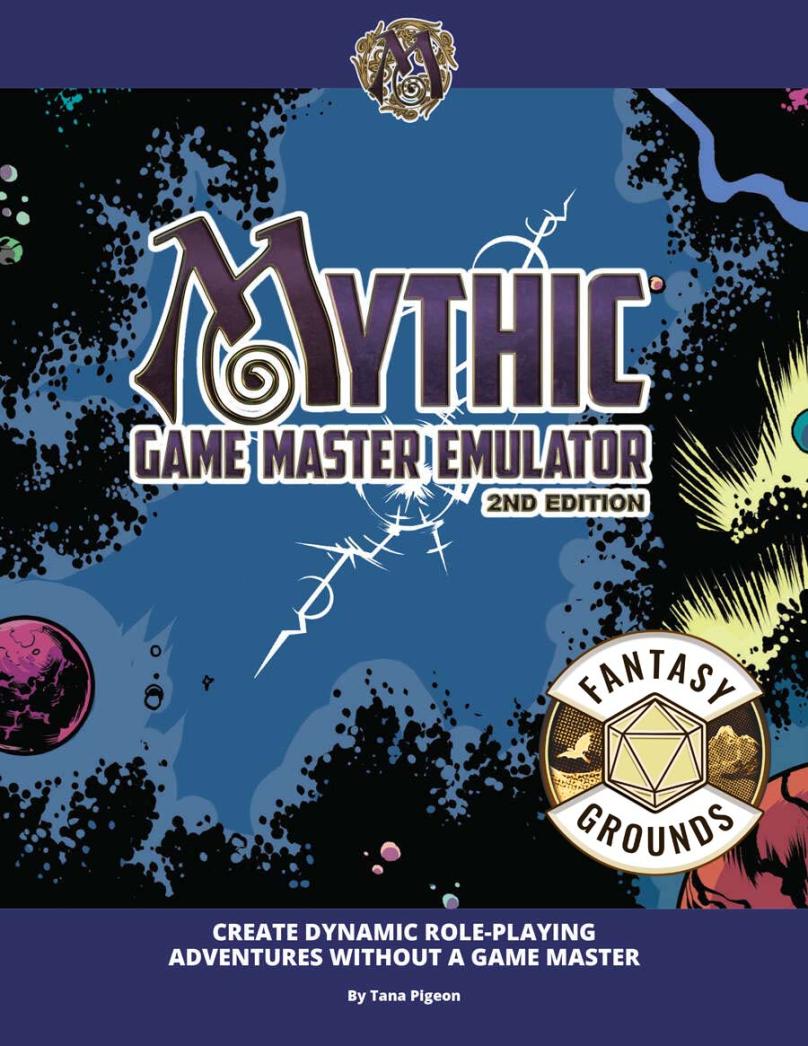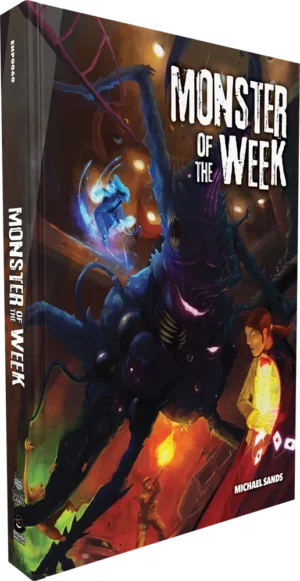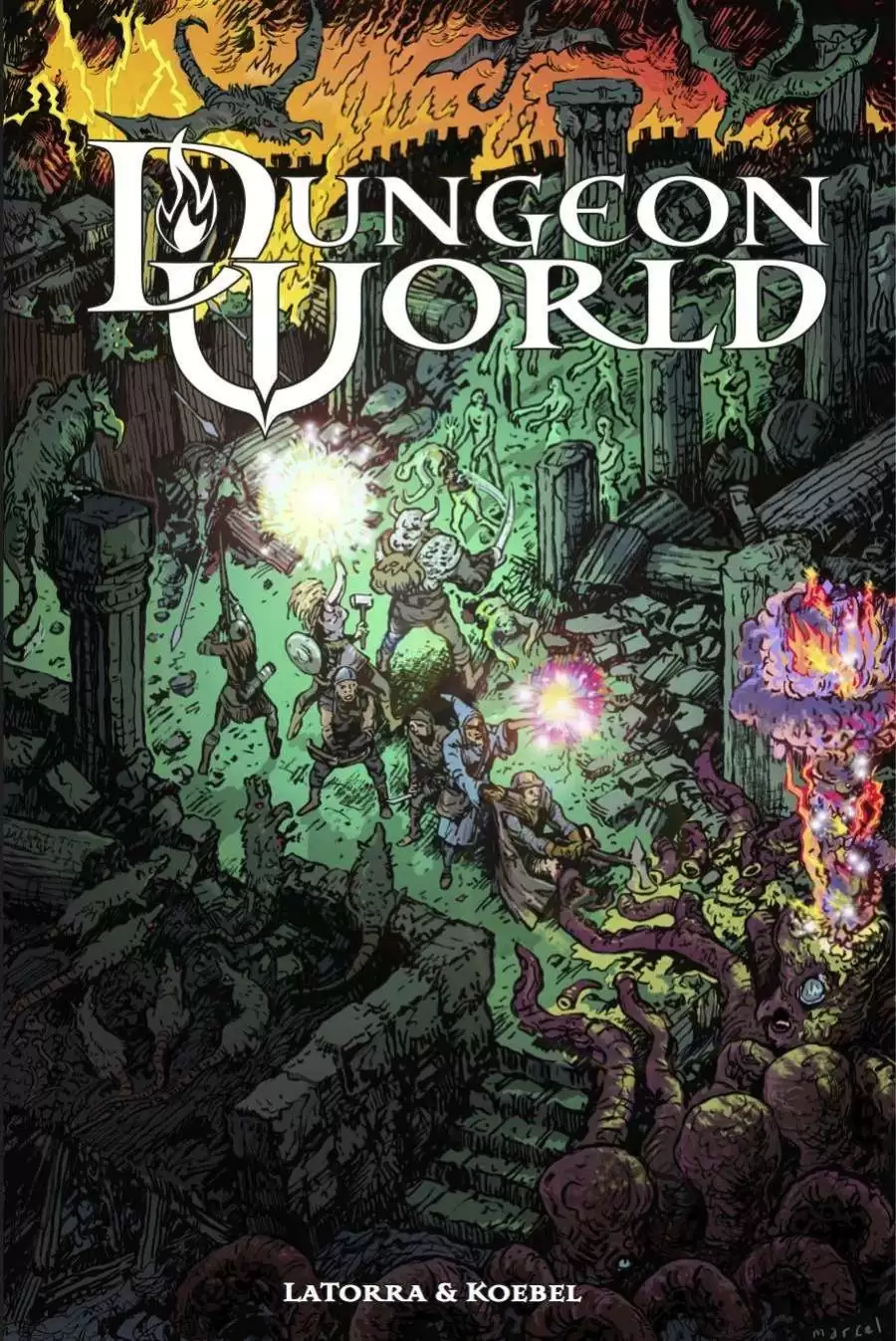Mythic Fantasy; Mythology and Folklore; Dark; Narrative-Driven; GM-less / Cooperative; Character Customization; Exploration-Driven
Mythic Role Playing is a unique tabletop RPG designed to facilitate GM-less or solo play, but also adaptable for traditional group settings. Its core strength lies in its improvisational nature, using a Fate Chart and random events to generate dynamic narratives. The game can be played as a standalone system or as a supplement to other RPGs, offering flexibility for various playstyles and preferences. Mythic distinguishes itself by encouraging collaborative storytelling and minimizing preparation time, catering to players who enjoy emergent narratives and character-driven experiences.
Theme and Setting
Mythic doesn't prescribe a specific setting, making it adaptable to various genres, including fantasy, mythology, and dark, narrative-driven themes. The system emphasizes improvisation and collaborative storytelling, allowing players to create their world and story as they play. This flexibility makes Mythic suitable for diverse settings, from classic fantasy adventures to modern-day mysteries. The game encourages players to define the setting through their actions and decisions, leading to unique and personalized experiences. The core book does not focus on a single genre, allowing for the use of supplementary materials like Mythic Variations to tailor the game towards specific styles of play.
Core Mechanics and Rules
The core mechanic of Mythic revolves around a Fate Chart, used to resolve uncertainties and drive the narrative forward. Players ask yes/no questions, consulting the chart based on relevant character skills and difficulty levels to determine the outcome. A Random Event mechanic introduces unexpected twists and turns, keeping the story dynamic and unpredictable. The Chaos Factor represents the level of unpredictability in the game, influencing the frequency and impact of random events. The system utilizes percentile dice (2d10) to determine the outcome based on the Fate Chart. Mythic's rules are designed to be lightweight and flexible, allowing players to focus on storytelling rather than complex calculations. The system employs resolution tables to provide a structured way to resolve different situations.
What Makes It Unique
Mythic's uniqueness stems from its GM-less or solo play capability. It provides tools for generating adventures, managing NPCs, and resolving conflicts without a traditional Game Master. This empowers players to create their own stories and experience the game at their own pace. The emphasis on improvisation and collaborative storytelling sets it apart from more structured RPGs. The ability to use Mythic as a supplement to other RPGs further enhances its versatility. The game's reliance on random events and the Chaos Factor ensures that each playthrough is unique and unpredictable. Mythic Variations provides further customization options for players seeking to tailor the game to specific genres or playstyles.
Target Audience and Player Experience
Mythic is targeted toward players who enjoy narrative-driven, exploration-driven, and character-driven experiences. It appeals to those who prefer improvisation and collaborative storytelling over pre-planned adventures. The game is suitable for both solo players and groups seeking a GM-less alternative. The player experience is characterized by a sense of discovery and creativity, as they actively shape the world and story through their choices. Players can customize their characters with abilities, strengths, and weaknesses. Mythic offers a flexible and rewarding experience for players who enjoy emergent narratives and shared storytelling. The game is suitable for those seeking to engage in tabletop roleplaying without the constraints of a pre-defined storyline or a dedicated Game Master.



